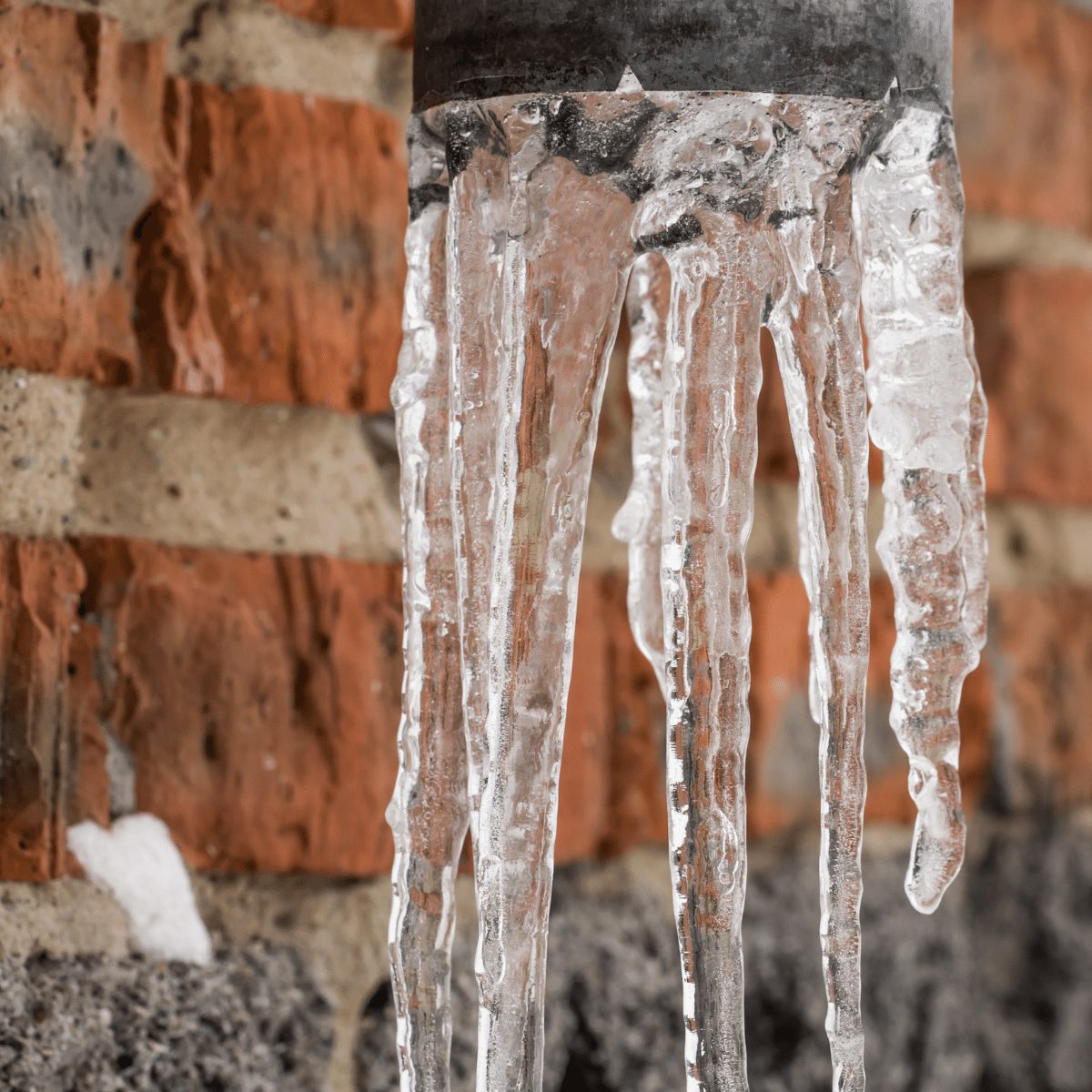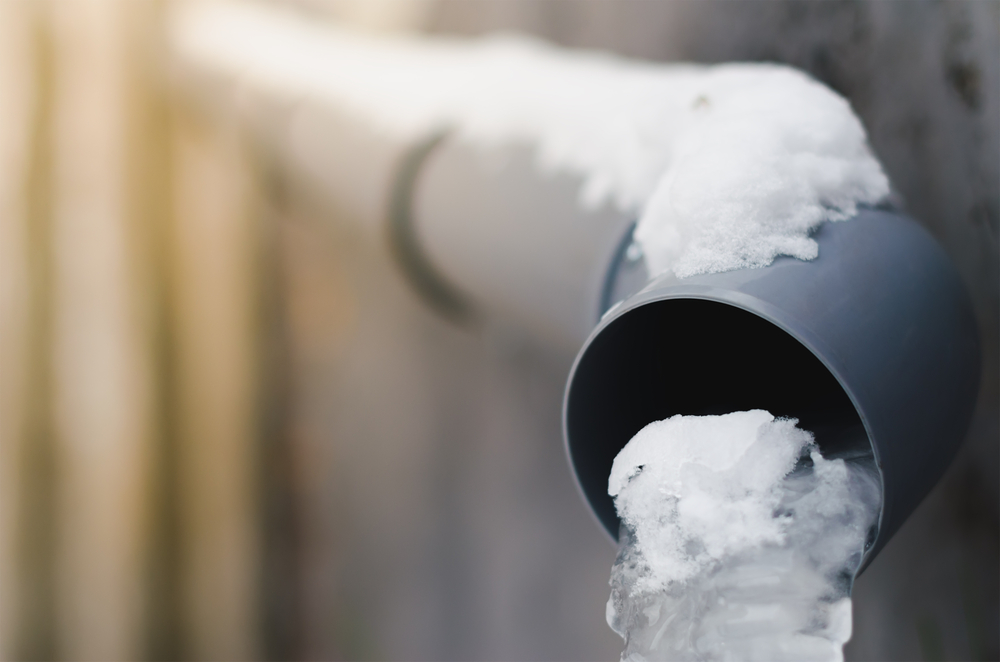Crucial Advice to Avoid Frozen Pipes in Cold Weather: Professional Guidance
Crucial Advice to Avoid Frozen Pipes in Cold Weather: Professional Guidance
Blog Article
The content directly below on the subject of Prevent Frozen Pipes is immensely motivating. Don't skip it.

Cold weather can wreak havoc on your pipes, especially by freezing pipes. Right here's exactly how to prevent it from taking place and what to do if it does.
Introduction
As temperature levels drop, the threat of icy pipes rises, potentially resulting in costly repair services and water damage. Comprehending how to stop frozen pipes is vital for property owners in cold climates.
Avoidance Tips
Insulating at risk pipes
Wrap pipes in insulation sleeves or use warmth tape to safeguard them from freezing temperature levels. Focus on pipelines in unheated or outside locations of the home.
Home heating strategies
Keep interior spaces appropriately heated up, particularly areas with plumbing. Open up cupboard doors to allow warm air to distribute around pipes under sinks.
Just how to recognize icy pipes
Seek decreased water circulation from faucets, unusual odors or sounds from pipes, and noticeable frost on revealed pipes.
Long-Term Solutions
Architectural adjustments
Think about rerouting pipes far from exterior wall surfaces or unheated locations. Add added insulation to attic rooms, cellars, and crawl spaces.
Updating insulation
Invest in high-quality insulation for pipes, attic rooms, and wall surfaces. Correct insulation assists keep regular temperature levels and minimizes the threat of icy pipelines.
Shielding Outside Plumbing
Garden tubes and outside faucets
Separate and drain garden hoses before winter months. Set up frost-proof spigots or cover outdoor taps with insulated caps.
Comprehending Frozen Pipes
What causes pipelines to ice up?
Pipelines ice up when subjected to temperatures listed below 32 ° F (0 ° C) for prolonged periods. As water inside the pipelines freezes, it expands, taxing the pipeline wall surfaces and possibly causing them to rupture.
Threats and damages
Icy pipes can result in water supply disruptions, residential property damages, and expensive repair services. Ruptured pipes can flooding homes and create substantial structural damage.
Indications of Frozen Pipeline
Identifying icy pipelines early can prevent them from breaking.
What to Do If Your Pipes Freeze
Immediate actions to take
If you suspect frozen pipes, maintain faucets open to alleviate stress as the ice melts. Use a hairdryer or towels taken in hot water to thaw pipelines gradually.
Final thought
Protecting against icy pipelines needs aggressive procedures and quick reactions. By comprehending the causes, signs, and safety nets, homeowners can protect their pipes throughout winter.
5 Ways to Prevent Frozen Pipes
Drain Outdoor Faucets and Disconnect Hoses
First, close the shut-off valve that controls the flow of water in the pipe to your outdoor faucet. Then, head outside to disconnect and drain your hose and open the outdoor faucet to allow the water to completely drain out of the line. Turn off the faucet when done. Finally, head back to the shut-off valve and drain the remaining water inside the pipe into a bucket or container. Additionally, if you have a home irrigation system, you should consider hiring an expert to clear the system of water each year.
Insulate Pipes
One of the best and most cost-effective methods for preventing frozen water pipes is to wrap your pipes with insulation. This is especially important for areas in your home that aren’t exposed to heat, such as an attic. We suggest using foam sleeves, which can typically be found at your local hardware store.
Keep Heat Running at 65
Your pipes are located inside your walls, and the temperature there is much colder than the rest of the house. To prevent your pipes from freezing, The Insurance Information Institute suggests that you keep your home heated to at least 65 degrees, even when traveling. You may want to invest in smart devices that can keep an eye on the temperature in your home while you’re away.
Leave Water Dripping
Moving water — even a small trickle — can prevent ice from forming inside your pipes. When freezing temps are imminent, start a drip of water from all faucets that serve exposed pipes. Leaving a few faucets running will also help relieve pressure inside the pipes and help prevent a rupture if the water inside freezes.
Open Cupboard Doors
Warm your kitchen and bathroom pipes by opening cupboards and vanities. You should also leave your interior doors ajar to help warm air circulate evenly throughout your home.

We hope you enjoyed our excerpt on How To Avoid Freezing Pipes. Thanks a ton for taking a few minutes to read through our content. Do you know about somebody else who is fascinated by the niche? Why not promote it. Thanks so much for taking the time to read it.
Call Today Report this page